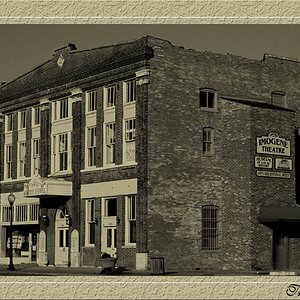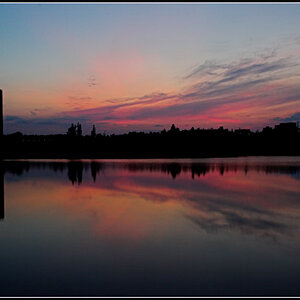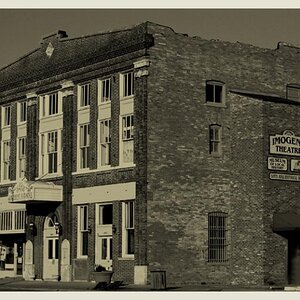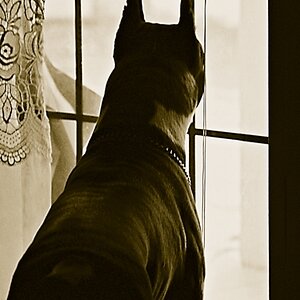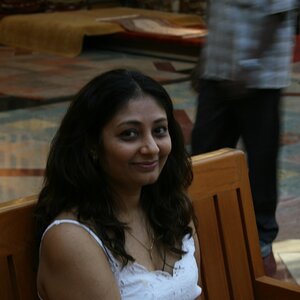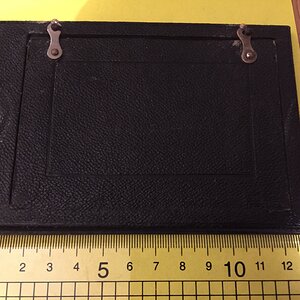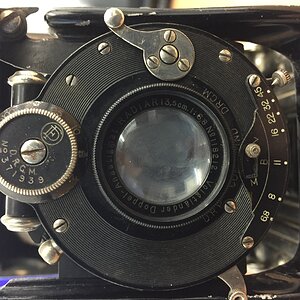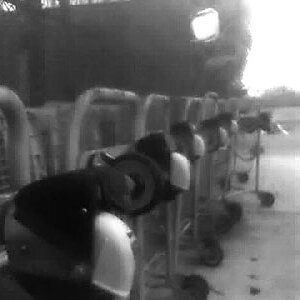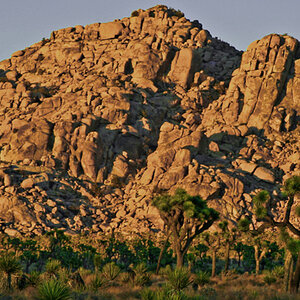- Joined
- Oct 16, 2012
- Messages
- 14,632
- Reaction score
- 7,562
- Can others edit my Photos
- Photos OK to edit
No, the person is the primary subject. Obviously it's important to show what trick they are doing, but it's also important to show the whole scene to give a frame of reference as to what's going on. Like I said, look through some professional skate photographers work on google
I disagree. Often faces are obscured and not clear. The trick and the setting is primary while the person is secondary.



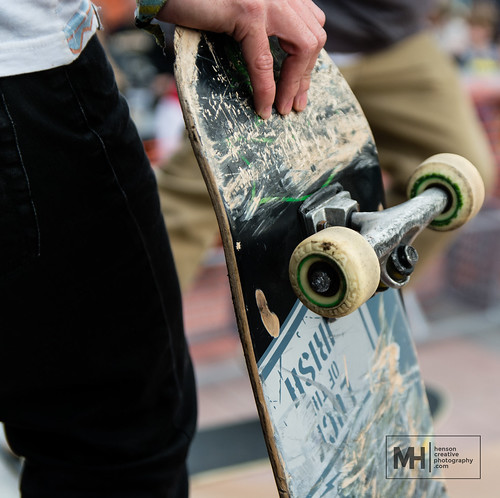
![[No title]](/data/xfmg/thumbnail/37/37606-3c9ffb5906173fa2aa489341967e1468.jpg?1619738148)
